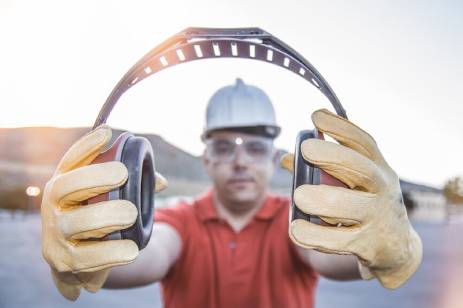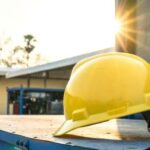Protecting Your Ears in a Loud World.
Noise-induced hearing loss (NIHL) is a significant health concern in our modern, noise-filled world. It’s a preventable condition that results from exposure to loud sounds, whether in short bursts or over a longer duration. This blog aims to highlight the importance of hearing loss prevention and provide practical tips to protect your ears from damaging noise levels.
Understanding Noise-Induced Hearing Loss
NIHL can result from exposure to loud noises at work, during recreational activities, or at home. Sounds are measured in decibels (dB), and prolonged exposure to noise levels above 85 dB can cause hearing damage. It’s essential to recognize the risks and take proactive steps to protect your hearing.
Prevention Strategies:
- Know the Limits: Understand which noise levels are dangerous. Noise above 85 dB, such as heavy city traffic, can lead to hearing damage over time. Sounds above 120 dB, like those at a rock concert, can cause immediate harm.
- Use Hearing Protection: When exposed to loud noises, use earplugs or earmuffs. It’s crucial in workplaces with machinery noise and during recreational activities like concerts or motorcycling.
- Limit Exposure Time: Reduce the amount of time spent in noisy environments. Take regular breaks in quiet areas to give your ears a rest.
- Volume Control: Be mindful of the volume when using headphones or earbuds. Follow the 60/60 rule: listen to music or videos at no more than 60% of the maximum volume for no more than 60 minutes at a time.
- Regular Hearing Check-ups: Regular hearing tests can help detect early signs of hearing loss. This is especially important for those working in noisy environments.
Creating a Hearing-Safe Work Environment
Employers have a responsibility to ensure a safe working environment, which includes protecting employees from excessive noise.
- Noise Assessment: Conduct regular noise assessments to identify potentially hazardous areas.
- Engineering Controls: Implement controls such as sound barriers or vibration dampeners to reduce noise levels.
- Safe Work Practices: Encourage safe work practices and provide training on the importance of hearing conservation.
- Providing Protective Equipment: Supply appropriate hearing protection devices and ensure they are used correctly.
Education and Awareness
Raising awareness about the dangers of loud noises and the importance of hearing protection is key. Educational campaigns can be effective, especially for young people who might not be aware of the risks associated with high-volume music and entertainment.
Conclusion
Noise-induced hearing loss is a preventable condition. By understanding the risks, using proper protection, and fostering awareness, we can significantly reduce the incidence of NIHL. Remember, once hearing is lost, it cannot be restored, so protecting your ears is vital for long-term health and wellbeing. Stay safe and protect your hearing!











 LOOKING FOR A JOB?
LOOKING FOR A JOB?